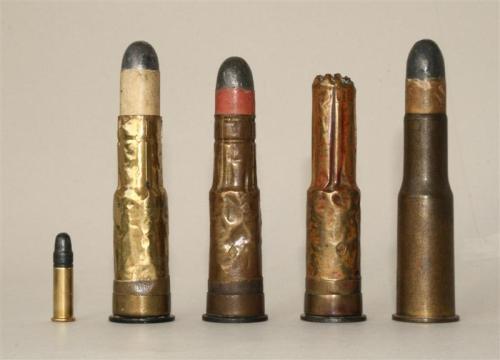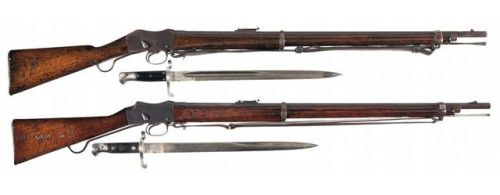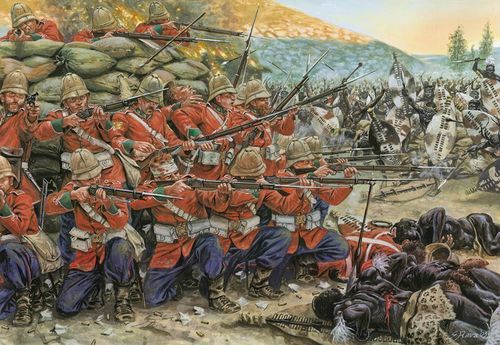peashooter85:The Short Chamber .577 - 450 Boxer-Henry Cartridge,When the Martini-Henry breechloading
peashooter85:The Short Chamber .577 - 450 Boxer-Henry Cartridge,When the Martini-Henry breechloading design was first adopted by the British Army, the caliber of the rifle was decided to be .45 cal. with 85 grains of black powder. Unfortunately there was a problem, it was hard to cram 85 grains of powder into a .45 caliber cartridge. The famous .45-70 govt cartridge, for example, only has 70 grains of powder. One simple result was called the “.450 long chamber”. Essentially it was a simple, straight cartridge that was unusually long so that it could accommodate all of the gunpowder. However during military trials it was proved that the .450 long chamber was too long, so long that it made loading awkward and difficult. Not a good thing for soldiers reloading in combat. The solution to this dilemma was created by Colonel Edward Mounier Boxer of the Woolwich Royal Arsenal in Kent County. Col. Boxer had the idea of taking a .58 caliber cartridge (.577 Snider), and forming a bottle neck near the middle of the cartridge. This allowed for a short cartridge in .45 caliber that could accommodate 85 grains of powder. The chamber of the Martini-Enfield Rifle would likewise be bottle-necked in order to accommodate the cartridge. Since he used a .577 cartridge with a .45 caliber bullet, the result was called the .577-450 Boxer. Another interesting feature of the Boxer cartridge was the metal it was made out of. Rather than solid brass the Boxer cartridge was made out of a type of brass foil called coiled brass. The reasoning behind this feature was explained by Col. Boxer as such,“My invention has for its object to construct the cases of cartridges for breechloading firearms and ordnance in such a manner that they shall rapidly expand by slightly uncoiling and stretching on firing so as to fill the chamber and will contract slightly after firing so as to admit of the empty case being easily removed.”In other words when fired, the foil casing would expand into the chamber, forming a seal and preventing gasses from escaping the breech. Indeed the Boxer cartridge did “expand and fill the chamber”, but by the time of the Anglo-Zulu War (1879) the foil cartridge proved to be faulty. The cartridge did exactly what it was designed to do, except when combined with heat and gunpowder fouling, the cartridge would often become jammed in the chamber. Attempts at removing the cartridge caused the flimsy foil tear, leaving half in the chamber and effectively disabling the rifle. Eventually the problem would be rectified by producing the .577-450 Boxer using regular solid drawn brass. It’s interesting to note that similarly faulty copper cartridges were being used by the US Army for the Springfield Trapdoor Model 1873. While British soldiers were being slaughtered by Zulu warriors while desperately trying to clear jammed cartridge casings from their martini’s, across the pond American soldiers were being slaughtered by Sioux warriors while trying to clear jammed casings from their Springfields.The Martini-Henry and the .577-450 Boxer cartridge served the British Empire throughout the later 19th century. By the 1890’s they were fazed out in favor of Lee-Metford and Lee-Enfield bolt action rifles chambered in .303 British. Production of the .577-450 generally ended in the 1950’s. Today it is only produced by exotic ammunition manufacturers and hand loaders. -- source link
Tumblr Blog : peashooter85.tumblr.com


